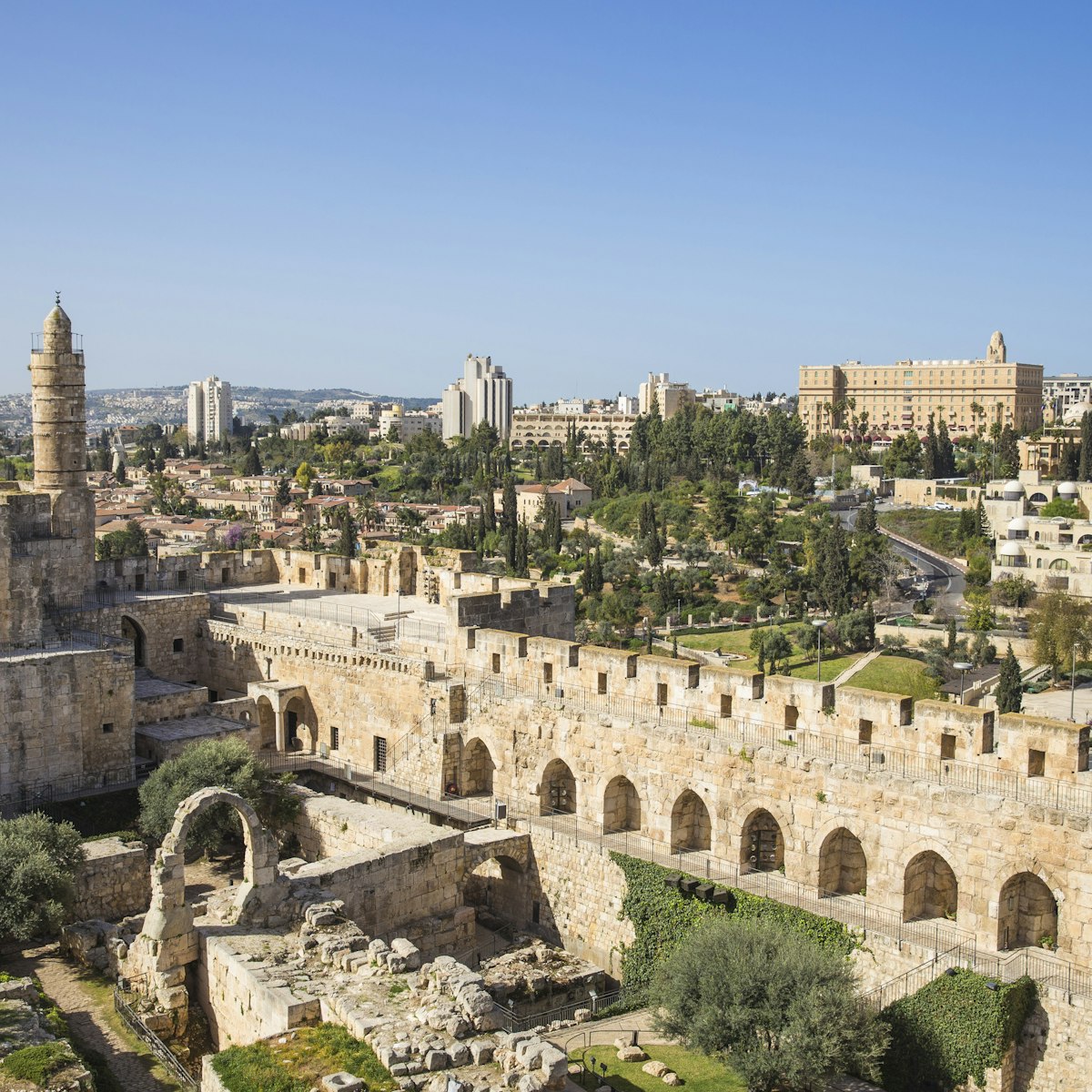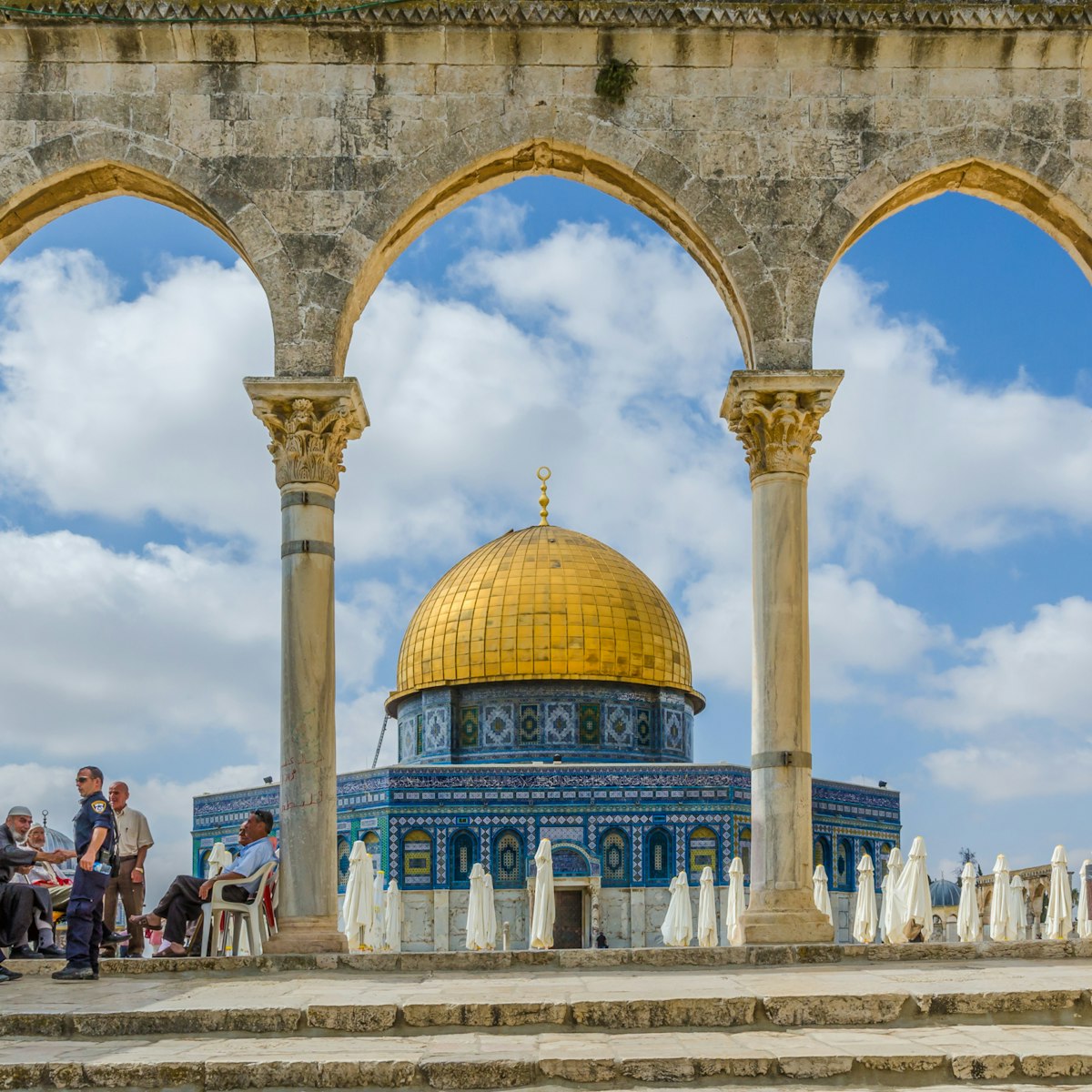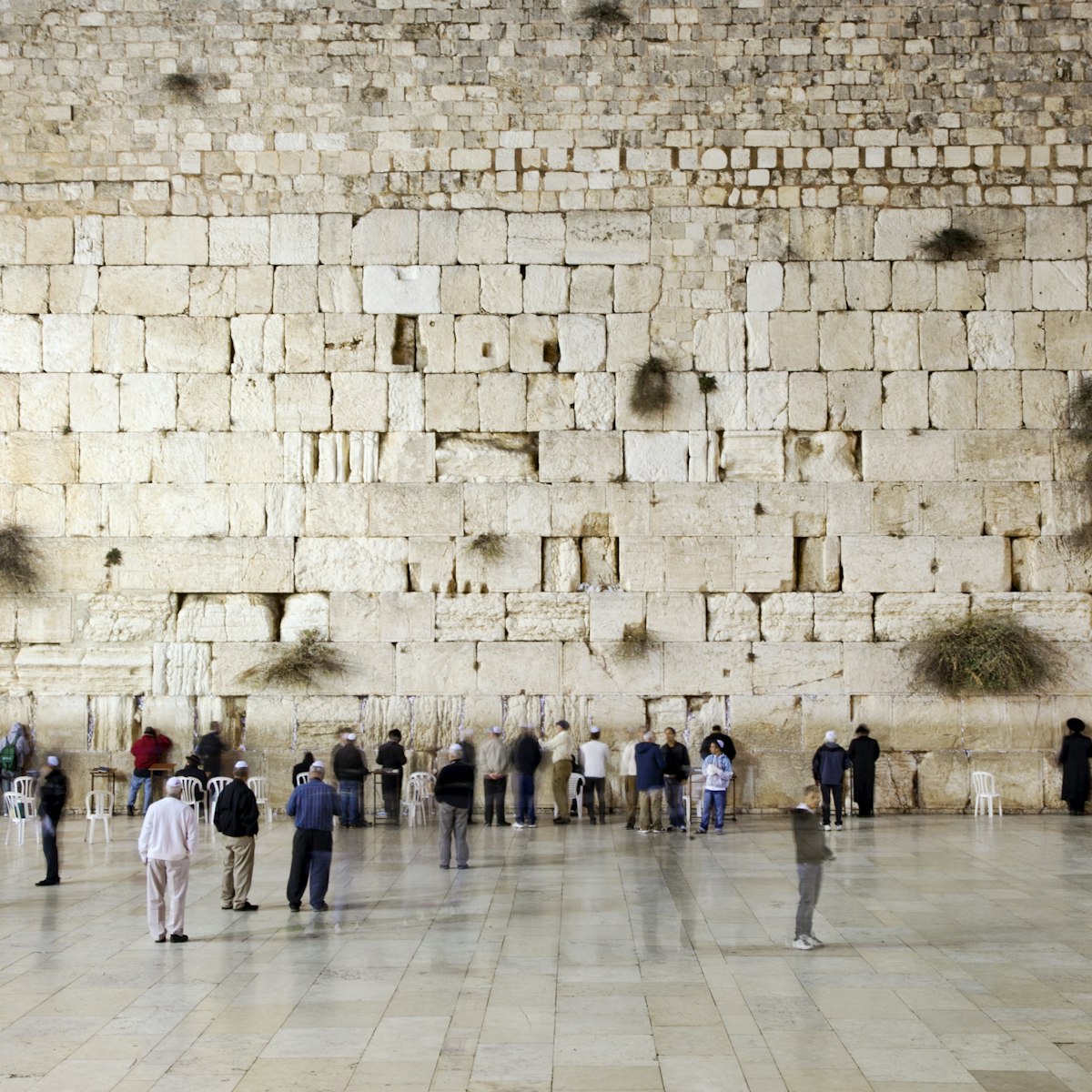Away from the din of Derekh Shchem (Nablus) Rd is a tranquil patch of green, considered by its trustees to be the garden and sepulchre of Joseph of Arimathea, and possibly the place where Jesus was resurrected. The claims are strongly disputed, but this walled and attractively landscaped space is more conducive to contemplation than the teeming Church of the Holy Sepulchre, the site more widely believed to be that of the crucifixion. There are some interesting archaeological excavations here, too.
Biblical significance was first attached to this location by General Charles Gordon (aka Gordon of Khartoum) in 1883. Gordon did not believe that the Church of the Holy Sepulchre could occupy the site of Calvary, and on identifying a skull-shaped hill just north of Damascus Gate he began excavations. The ancient tombs he discovered under the mound, including a chamber sealed with a rolling stone, further strengthened his conviction that this was the true site.
Archaeologists have since challenged the theory by dating the tombs to the 7th to 5th centuries BCE, though believers counter that old tombs were often reused in the Holy Land. Several cynics suggest that the continued championing of the Garden Tomb has more to do with the fact that it’s the only holy site in Jerusalem that the Protestants, its owners, have any stake in. The debate over the site's history leaves visitors unruffled, and you'll see large tour groups marching up Nablus Rd to explore it.
To get there from Sultan Suleiman St head north along Nablus Rd and turn right at Schick St, opposite the Arab bus station. The site is wheelchair accessible.








